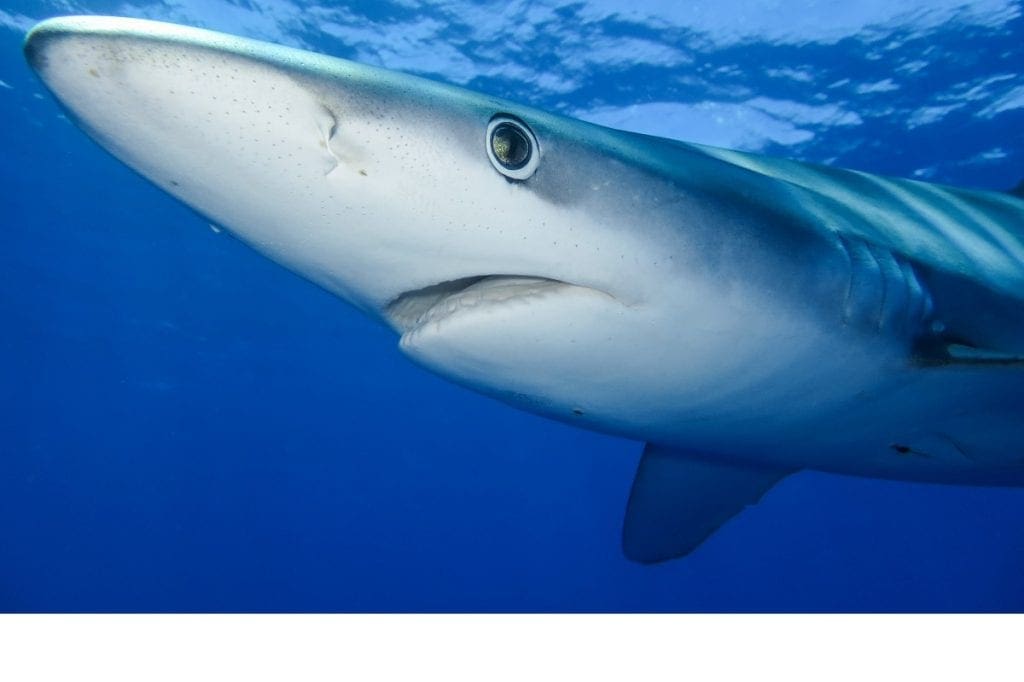Upgrading your Underwater Camera
Taking the step into the underwater photography world can be frustrating as well as time and money consuming; yet there is always a solution. Here are a few basic steps to beginning your media adventure, as well as where to start and how to cater for your specific needs and budget.
There are many fantastic options to choose from, yet first make sure you are competent in the water as a diver. Underwater photography can easily be a distraction, causing a danger to you and other divers around you if not conducted properly.
Once you feel confident, underwater photography can add another element to your dives, opening a whole world of other possibilities.
Shooting With A Compact
A fantastic option to begin your underwater photography path is with a compact camera or an action camera such as the Intova Edge X or the GoPro 5 (400). Compact models such as the Canon s120 ($400, no housing included) and the Sony RX-100 ($400, no housing included) are excellent choices, offering you the chance to learn, for a smaller price than a DSLR. Advantages of beginning with a compact camera are that they are small in size, meaning travelling with the camera is easy, and in turn create less drag in the water, which is a huge advantage when trying to film fast marine creatures such as whales, marlin and other species.
Becoming competent with multiple manual controls on a compact camera such as white balance, shutter speed and aperture priorities further allow you to take that next step to a more advanced and multi-control DSLR camera.
Most cameras from compact to DSLR rarely come with an underwater housing, yet there is a good range of options. For example the Canon s120 is supported by the Canon brand underwater housing (Canon EP DC51) which is priced at $200, Ikelite housing at $300 or the premiere rated Nauticam Housing at $400, all of which are waterproof beyond the recreation dive limit of 40 metres (120 feet). Action cameras, although small in size are famous for their durability. The Intova series can be used for multiple action sports, and is durable at both depth and all diving conditions. The action cameras are a great option for beginners and professionals alike. SeaLife have created a unique camera in the Micro HD 2, the first 100% permanently sealed camera, which never leaks. Selling at 425 dollars or 899 with strobe, this camera is a fantastic choice for those looking for a compact camera, due to its quality and durability.
 Blue Shark, Azores. Taken with Canon s120 (Chris Vyvyan-Robinson)
Blue Shark, Azores. Taken with Canon s120 (Chris Vyvyan-Robinson)
Whilst compact cameras can take very satisfying underwater images, after a certain point, the user always needs more, once they have mastered their machine. Compact cameras lack many features that can only be achieved by upgrading to a Mirrorless or DSLR camera. Models such as the Sony RX100 have a 20.2-megapixel sensor, creating sharp images, yet the majority of compact cameras lack the ability to capture the quality and the dynamic range of other cameras in a higher price bracket.
When to Make the Transition
Models such as the Lumix GH4 ($1400) and the Olympus E-M1 ($700) are Mirrorless or Two-Thirds cameras, in the category between Compact and DSLR. Apart from being cheaper than most DSLR’s, Mirrorless cameras are much smaller allowing the same ease of use as a compact camera. The full frame sensor Sony a7 II 42 megapixels ($3000) is one of the most expensive of the Mirrorless range, yet films video in 4k resolution, has an impressive auto-focus system, and with the DSLR adaptor, can be used with a myriad of lenses. While there are many benefits to a Mirrorless camera, battery life is poor when compared to most DSLR models. Purchasing a Nauticam housing for the Sony a7 II, will cost in the range of $2500.
Shooting with a DSLR
Of course it is not compulsory to take these specific steps before you purchase a DSLR camera, and many people produce award winning images and film with Compact or Mirrorless cameras. For example, with its 4k ability, the Sony a7 II is more proficient at producing high quality video that many DSLR’s.
Yet despite the steep costs of many Nikon and Canon DSLRs, a high investment creates a high reward. These top brands have an enormous range of crop sensor and full frame DSLR models, which in turn are compatible with a vast number of lenses for every underwater environment. Companies such as Nauticam have a wide variety of housings, ports and accessories that are not only excellent quality but add benefits to your underwater photography. DSLRs such as the Canon 5d Mark III ($1800) and the Nikon d810 ($2100) are popular options among enthusiasts and professionals alike offering full frame sensors that create less noise and sharper images, as well as a huge amount of control underwater. A Nauticam housing for the Canon 5d MARK III can be purchased for $3500 new. The SeaLife DC2000 is a unique camera for those looking to make the transition to DSLR photography underwater. Priced at 700 dollars, the model is far cheaper than other brands such as Nikon and Canon. With multiple shooting modes, RAW files and ultra fast focus and shutter speed, the SeaLife DC2000, is a camera for both above and below the surface.
Whilst many DSLR set-ups cost a vast amount of money, and in turn seem cumbersome underwater, there can be no denying the quality of the images produced, as well as the sheer range of accessories such as strobes, valves and ports, that can add so many features to your camera and your images. Whether you are shooting macro in the night or wide angle in the pristine offshore blue there is always an option for you.
About The Author
Chris Vyvyan-Robinson
Born in London, England; Chris’ passion for photography and videography started from an early age. Over the last 20 years he has travelled to 5 of the 7 continents, including a year in South and Central America.
Chris’s passion is documenting the underwater environment and the creatures that inhabit that ecosystem. Over the past 4 years, while graduating from university with a degree in Film & Journalism, he has worked in Honduras, Indonesia and The Azores as a Divemaster & Guide.
Now an award winning filmmaker, Chris’ aspiration is to become a natural history cameraman.
Chris writes scuba diving articles for ScubaDiveMarketing.com who provide design, development and marketing to dive shops around the world.



